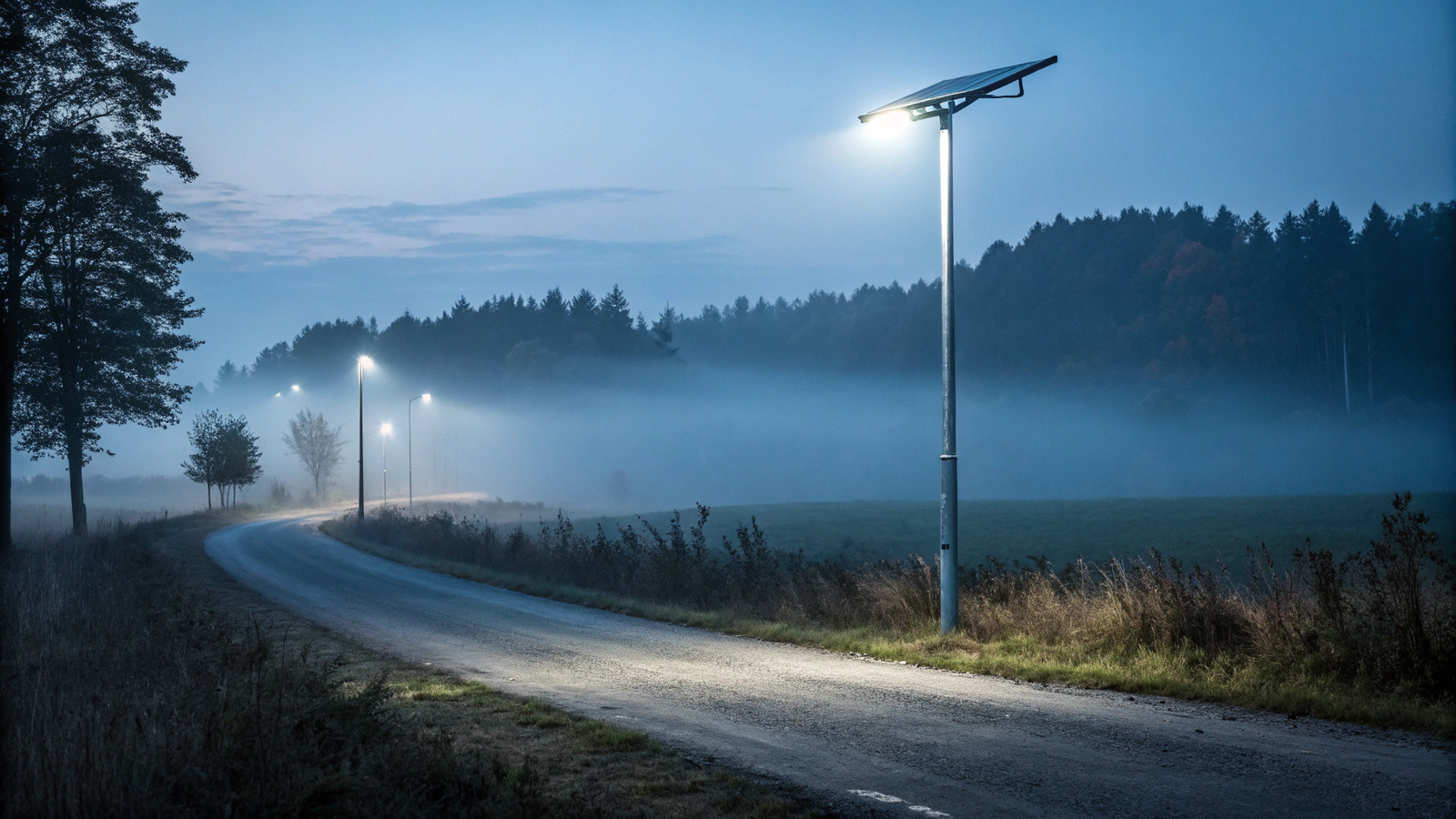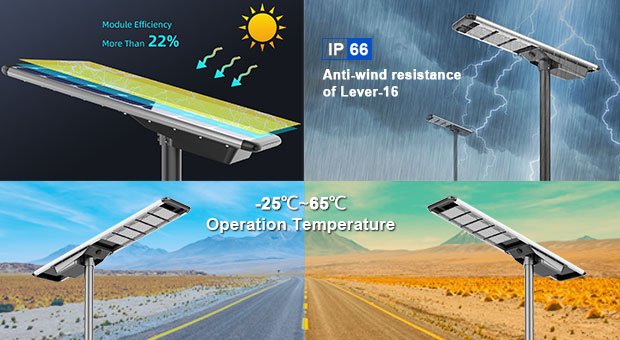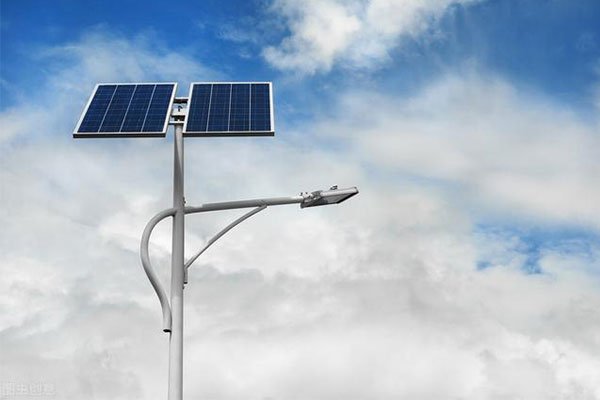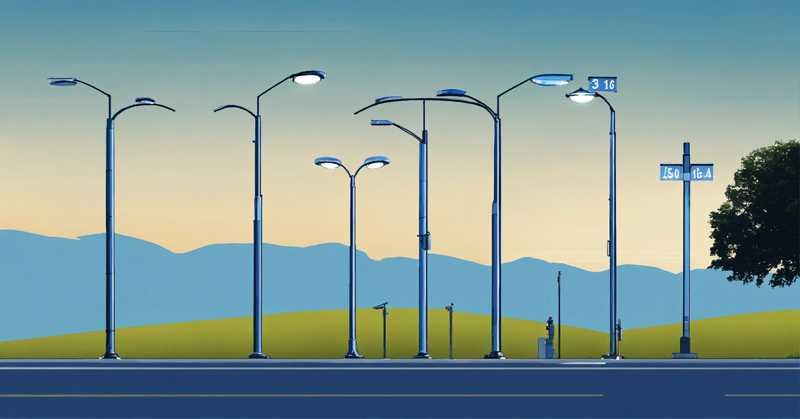Street lighting plays a crucial role in urban safety and aesthetics. However, the costs associated with installation, maintenance, and operation can be significant. Understanding these costs is vital for city planners and developers.
The cost of a street light pole varies depending on factors such as lighting technology, material, installation complexity, and energy efficiency. On average, a street light installation can range from $2,000 to $4,000, with operational expenses varying based on the type of lighting used.
Understanding the financial aspects of street lighting helps city planners make informed decisions about infrastructure investments. Let’s break down the costs associated with different types of street lighting.
Factors Affecting Street Light Costs?
Street light costs are influenced by several factors. These include:
- Type of Lighting Technology: HID, LED, or Solar LED all have different costs.
- Power Consumption & Efficiency: Energy-efficient lights cost less in the long run.
- Pole & Fixture Materials: Steel, aluminum, or concrete poles impact durability and cost.
- Installation Complexity: Labor and equipment costs vary by location.
- Maintenance & Replacement Costs: LED and solar LEDs have lower long-term costs.
- Location Considerations: Highways, sidewalks, and parks require different lighting setups.
These elements contribute to the overall investment in street lighting projects.
How Much Does a Street Light Cost? (Average Prices)

A general estimate for a street light module is between $2,000 and $3,000, with additional installation labor averaging around $1,000.
Here's a breakdown based on lighting type:
| Lighting Type | Cost per Unit | Installation Cost | Total Estimated Cost |
|---|---|---|---|
| HID Street Light | $1,500 - $2,500 | $500 - $1,000 | $2,000 - $3,500 |
| LED Street Light | $2,500 - $3,500 | Included | $2,500 - $3,500 |
| Solar LED Street Light | $3,000 - $4,000 | Included | $3,000 - $4,000 |
The type of lighting significantly impacts overall cost and efficiency.
Street Light Installation Costs
HID Street Lights
- Cost per unit: $1,500 - $2,500
- Pros: Lower upfront cost.
- Cons: High energy consumption and maintenance costs.
LED Street Lights
- Cost per unit: $2,500 - $3,500 (including installation)
- Pros: Energy-efficient, long lifespan, lower maintenance.
- Cons: Higher initial investment.
Solar LED Street Lights
- Cost per unit: $3,000 - $4,000 (includes solar panel & installation)
- Types:
- Pole-mounted solar panels: More maintenance, higher cost.
- Integrated PV panels: Cost-efficient, lower maintenance.
- Integrated solar lamps: Easy to install but lower efficiency.
More cities are switching to solar LED due to quick ROI and zero electricity costs.
Street Light Replacement Costs

| Replacement Type | Cost per Unit | Benefits |
|---|---|---|
| HID to LED | $400 - $800 | Energy-efficient, lower maintenance |
| HID to Solar LED | $3,000 - $4,000 | Off-grid, long-term savings |
| LED to Solar LED | $2,500 - $3,500 | Zero electricity cost |
Switching to solar LED is the most cost-effective long-term solution.
Street Light Operational Costs (Monthly Estimates)
| Lighting Type | Power Consumption | Monthly Cost per Light |
|---|---|---|
| HID | 500W | ~$21.6 |
| LED | 100W | ~$4.32 |
| Solar LED | 0W | $0 |
Solar LED street lights offer zero operational costs, making them the most sustainable option.
Why Choose Solar LED Street Lights?
- Zero operational costs
- Long-term energy savings
- Sustainable & eco-friendly
- Minimal maintenance
Solar LED street lights provide the best ROI, making them the preferred choice for city planners.
How to Choose the Best Street Lighting Solution

Consider these factors:
- Budget: Short-term vs. long-term costs.
- ROI: Energy efficiency and operational savings.
- Light Intensity: Ensure proper illumination.
- Government Incentives: Many regions offer subsidies for solar lighting projects.
Choosing the right street light depends on long-term savings and environmental benefits.
Conclusion
Street lighting is a critical investment for cities. While upfront costs vary, solar LED street lights offer the most cost-effective, long-term solution. City planners should prioritize sustainable lighting to reduce operational expenses and improve urban infrastructure.







